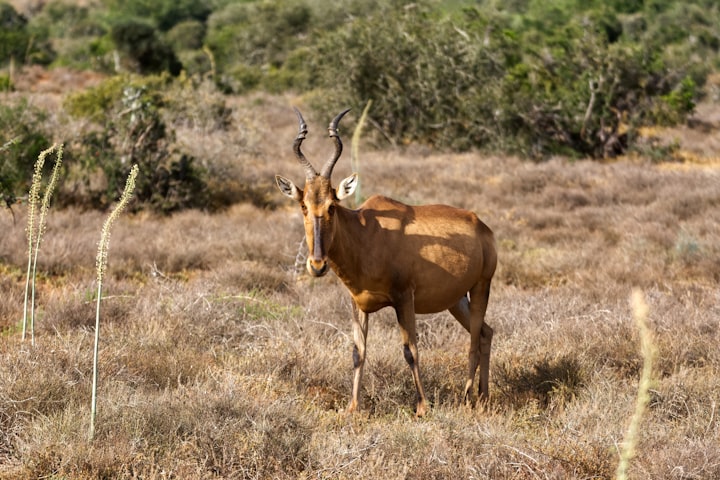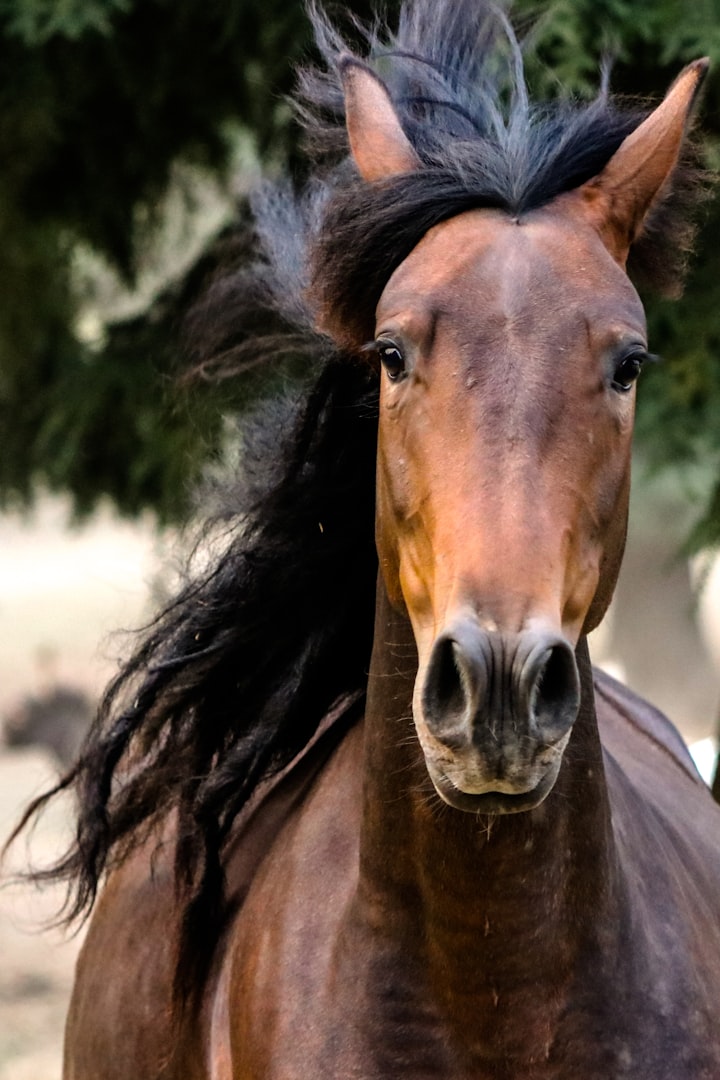The Strangest Things Found In Siberia
The crater is always active and expanding at an alarming pace of 30 to 100 feet each year

Siberia is a massive countryside. It’s so huge that it makes up 77 per cent of Russia, but strangely, its population is only 23 per cent of Russia's. It's no surprise that scientists discovered odd species in Russia's most barren locations. Furthermore, other strange and incomprehensible incidents have occurred, such as the Tunguska incident. Topping on all these is the extraordinary thing that scientists just discovered lying in the country: a prehistoric virus that has been sleeping under the ice for millions of years. What’s even more strange is that enormous craters are unexpectedly emerging across the freezing Siberian tundra. What are these? Why are all these happening in the utterly desolate places of Russia? Should we be concerned about these new findings? Well, we'll find out in this vocal article.
So let's get started! Siberia is divided into several sections, the biggest of which is the West Siberian Plain. In central Russia, the West Siberian Plain contains one of the world's largest areas of straight flat land. Some of its regions are primarily flat and swampy, whereas the northern plains are dominated by permafrost, which evolved gradually over millions of years. A team of French microbiologists from Aix-Marseille University was researching ice cores taken from 100 feet below the permafrost in 2014 when they discovered something remarkable - a virus that belonged to the enormous viruses discovered ten years ago and is known as Pithovirus Siberian. They believe that this is an ancient viral strain that has been frozen and buried beneath the ice for thirty thousand years, together with other frozen species.
No living sample of the virus had ever been detected before the research was conducted. The French researchers were curious about the virus's strength, so they decided to put the ice core samples with amoeba colonies to examine if it will affect them. What happened was the single-celled organisms started dying after the experiment, implying that there is something in the permafrost that was killing them. When the scientists investigated the amoeba colonies, they discovered that the gigantic virus was one-thousandth of a millimetre long and was reproducing within the amoeba. Some familiar viruses, such as the Influenza virus, contain thirteen genes and are roughly a hundred nanometers across.
Enormous viruses, such as Pithovirus, can be a thousand times larger and have over two thousand and five hundred genes. But the question is, is this virus dangerous to humans? As far as scientists know, this particular virus does not infect people or other animals. People, however, couldn't overlook its ability to survive after being frozen for millennia. It’s alarming that many people are concerned that global climate change and Siberian drilling operations would release potentially hazardous viruses and even creatures into our modern environment. When a similar incident occurred in 2016, the public's concern became a reality.
Anthrax was discovered in the Yamalo-Nenets area of Northern Siberia. When the region's temperature rose to more than 95 degrees Fahrenheit during the summer months, the permafrost thawed, exposing the frozen remains of an anthrax-infected reindeer. Soon after, Anthrax spores were released into the atmosphere. Eight people were infected, and approximately two thousand reindeer died due to this. Residents were relocated forty miles away from the outbreak, and the Russian government dispatched troops skilled in biological weapons to deal with the crisis. Although the bacteria were controlled from spreading, no one could tell if this could happen again.
The idea of an ancient lethal virus reawakening is alarming, but it isn't the only issue in Siberia; the quickly changing environment is thought to be the cause of these virus reawakenings. According to studies, the temperature in the entire Northern Siberian region is increasing at twice the rate of the rest of the Earth. Because of this, permafrost has been continuously melting and decreasing thickness since the 1970s. Could we see another prehistoric virus awakened anytime soon? Well, no one could tell us the answer yet. But there's something else very strange going on in Siberia. And the discovery might put the entire planet at risk.
What exactly is it? several years ago, strange craters were emerging in the Yamalo Peninsula region of Northwest Siberia. Scientists couldn’t tell exactly the reason behind this. The first crater was discovered in July 2014, it was when Russian helicopter pilots saw a weird hole in the permafrost that appeared out of nowhere. The hole that appeared in the frozen ground measured 65 feet in diameter and its depth is said to be more than half of a football field. Blocks of ice and gravel were thrown hundreds of feet from the crater's core. Soon, the open hole fills with water, becoming a lake. The kind of hole that appears in permafrost would only occur if a massive blast occurred. However, no one has witnessed or recorded an explosion, therefore it's unclear how such a hole appeared there.
However, in 2017, a reindeer herder reported hearing a huge explosion and seeing plumes of smoke from the ground. Following such an explosion, a crater with a diameter of twenty-five feet and a depth of sixty-five feet was discovered, surrounded by large slabs of ice and chunks of soil. It’s important to note that the explosions produced by these craters from ice volcanoes are not similar to those produced by a volcano. These holes were most likely formed by an explosive combination of methane gas, ice water, and mud. They do not, however, burst as much as they eject material. When the pressure inside gets too tremendous, a mound known as a Pingo bursts open. Gas pockets beneath the mounds form as permafrost melts quickly. Minor temperature changes in the sediments release massive volumes of methane gas. Another source of methane gas is organic matter, including the dead plants and animals that have been buried deep in permafrost for thousands of years.
As the dead plants and animals decompose, bacteria consume and digest them, producing either carbon dioxide or methane. Additionally, when the ground thaws, it also releases carbon dioxide or methane into the sky, which is a major issue for the planet. This is the reason that methane gas is thirty times more toxic than carbon dioxide. Given the size of the craters, it would almost certainly be dangerous for people or animals to be near it when it erupts. Because the ground where these mounds are located is not occupied, they pose no significant threat to people. According to Russian scientists, there are thousands of these mounds, some of which seem to be getting ready to burst into craters. The most recent of these craters were discovered in September 2020. This was formed when a methane gas bubble that had been expanding beneath the thawing permafrost burst apart, leaving a massive 164-foot-deep crater.
So far, approximately 20 of these craters have been discovered, however, these are not the only craters that we have. There's something far greater, more frightening than this, the massive slumps. The Batagaika crater, known to locals as the entryway to the underworld, is considered to be the largest of these slumps and the world’s largest permafrost crater. It could be found in the East Siberian Taiga ecoregion. The cutting of trees around the sea resulted in the thawing of permafrost in the 1960s. The frozen soil began to melt since there are no trees around that help in regulating the temperature. Soon, it collapsed and sank. This yawning pit is now over a half-mile wide and 328 feet deep. The crater is always active and expanding at an alarming pace of 30 to 100 feet each year.
Batagaika crater, like the other craters, is releasing long-held carbon dioxide and methane gases into the atmosphere, causing even more climate change. Researchers found out that the basal layers of permafrost were six hundred and fifty thousand years old, making it the world's oldest permafrost. What they have found here are ancient forest remnants that were buried for ages under permafrost. According to geologists, the sediment layers in the crater could tell something about thousands of years of Earth's history. Scientists are unearthing well-preserved relics of flora and animals that have been extinct since the ice era as the crater expands. Today, scientists are warning that the melting permafrost of Siberia might cause a massive environmental disaster, especially since they have discovered seven thousand mounds or pingos that could be gas-filled bubbles. Scientists are trying to determine which of these craters is dangerous.
But there is another strange crater in Siberia that no one knows how it was formed or where it originated from - the Patomskiy Crater, which was found in 1945 by a geologist named Vadim Kolpakov in the Ercusk region of Southeastern Siberia. This crater's cone has an unusual shape, with a tiny mound in the centre that is a hundred and thirty feet tall and a hundred meters across at the base. Scientists estimated the crater's age to be roughly 250 years old. However, what’s shocking about this is that the trees around the crater indicate rapid development, similar to growth found in the woods around Chornobyl following the nuclear tragedy in 1986.
Many people have tried to figure out how the crater was formed. Some researchers have attempted to connect it to the Tunguska meteorite, which has yet to be discovered. Others say it is the remains of a volcano, however, it was hard to say if it’s true since there is no volcanic matter ever discovered. The entire structure is made of shattered grey limestone. According to geomorphologists, the Potomskiy crater could represent a very unusual gas volcanic event producing large underlying gas reserves. However, the mystery remains, and there is no strong proof as to how it was formed.
Maybe one day we'll have answers to this and all of our planet's mysteries.
About the Creator
Jayveer Vala
I write.






Comments
There are no comments for this story
Be the first to respond and start the conversation.